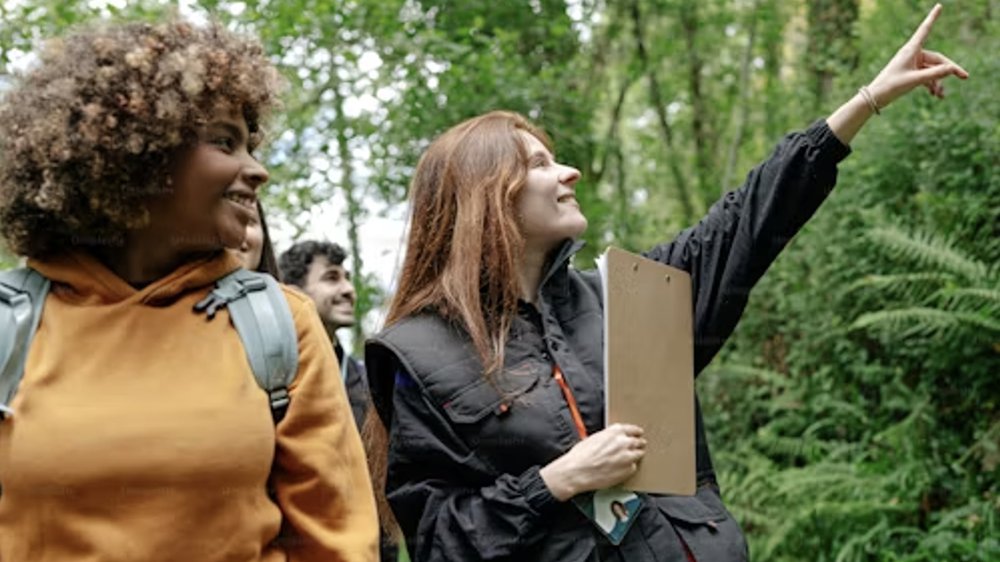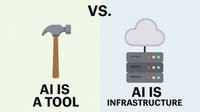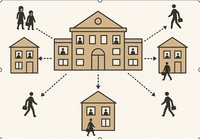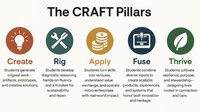As technology continues to evolve, integrating these advancements effectively into the classroom has become essential for modern educators. While technology offers exciting opportunities to enhance learning, it also presents challenges, particularly in fostering critical thinking, problem-solving, and creativity among students. To navigate this landscape, teachers must be intentional in how they introduce and utilize technology, ensuring it complements traditional methods and supports a holistic learning environment.
Integrating Technology to Foster Critical Thinking and Creativity
How teachers can integrate technology will vary significantly depending on the age group they are working with. What is effective for elementary students may not be suitable for middle or high school students, and vice versa. However, one constant across all age ranges is that students already engage with technology outside the classroom—whether through smartphones, social media, or generative AI tools. The key challenge for educators is to demonstrate how these technologies can be more than just tools for entertainment. Instead, they can be leveraged for research, validation, and creative expression.
For example, in a history class, teachers can use technology to explore the concept of bias in historical sources. By discussing different types of evidence (primary, secondary, etc.) and distinguishing reliable sources from unreliable narrators, students can embark on research projects that scrutinize how our understanding of a particular era, such as Tudor England, is shaped by biased accounts like Shakespeare's plays. This exercise can be extended to contemporary issues, helping students recognize the unreliability of certain modern sources.
In addition, integrating AI tools into problem-solving activities can be highly beneficial. Teachers can show students how AI can automate tedious tasks, while also emphasizing the importance of sourcing and validating AI-generated results. An understanding of how AI, neural networks, and data science work should be foundational for students, particularly in higher grades. This knowledge equips them with skills that will be valuable in the workforce and helps them critically assess the tools they use.
Personalizing Learning Experiences with Technology
The pandemic highlighted the potential of technology to personalize learning experiences. When classes moved online, teachers could use digital tools to monitor student progress in real-time, administering quizzes and tracking performance to tailor assignments to individual needs. This capability remains just as valuable in today's in-person learning environments.
Teachers can continue to use technology to offer additional support to students who may be struggling or to provide more advanced material to those who have already mastered the lesson. By customizing learning experiences, educators can keep all students engaged, regardless of their starting point, ensuring that no one falls behind or becomes bored.
Staying Updated with Technological Advancements
For teachers, staying updated with the latest technological advancements is crucial, though it can be challenging. Students often possess a high degree of familiarity with technology, which can make it difficult for educators to stay ahead. However, it's important to recognize that while students might be adept at using technology for specific purposes—like generating boilerplate homework answers with ChatGPT—they may not fully understand how to harness these tools for more complex tasks, such as conducting thorough research.
Teachers can bridge this gap by subscribing to technical newsletters, attending virtual or in-person conferences, and inviting guest speakers from tech companies to present to faculty. These strategies can help educators stay informed about emerging trends and equip them to introduce new tools and techniques in the classroom.
Balancing Technology with Traditional Teaching Methods
While technology can significantly enhance education, it should not replace traditional teaching methods entirely. The in-person presentation of topics, real-time Q&A sessions, hands-on labs, and group work all offer unique benefits that technology cannot replicate. Instead, the goal should be to use technology to augment these methods.
For instance, technology can replace or supplement textbooks with up-to-date digital resources or enable more dynamic forms of assessment. The interpersonal aspects of teaching—such as guiding students through a live discussion or helping them collaborate on a group project—remain irreplaceable. Teachers should strive to create a well-rounded learning environment that blends the best of both worlds.
Ensuring the Quality and Security of Educational Software
As schools adopt more technology, it is essential to ensure that the tools used in the classroom are both effective and secure. Educational software must undergo rigorous quality assurance testing to ensure it is suitable for a school setting. This includes securing student data, preventing cheating, and safeguarding against cyberbullying and other harmful activities.
Teachers should look for software that has been thoroughly tested and comes with a formal risk assessment plan. For example, if a student uploads inappropriate content as part of a group project, the software should have mechanisms in place to detect and remove it quickly, as well as to identify the student responsible. Additionally, teachers should have access to documentation that outlines how to respond to such incidents.
Fostering a Positive and Safe Digital Environment
Creating a safe and positive digital environment in the classroom is essential for encouraging collaboration and ethical use of technology. Teachers should establish clear ground rules for technology use, which students must review and agree to. Penalties, such as loss of access to technology, can be enforced for violations.
Moreover, it’s important to educate students about the dangers and legal implications of technology misuse. Age-appropriate videos and discussions about the benefits and risks of technology can help students become responsible digital citizens. Teachers can also encourage students to share their experiences with technology, both positive and negative, to promote a culture of awareness and mutual respect.
Incorporating technology into the classroom is not just about keeping up with trends—it’s about empowering students with the skills they need to succeed in a digital world. By thoughtfully integrating technology into their teaching, educators can foster critical thinking, creativity, and a lifelong love of learning in their students.
About the Author
Adam Sandman founded Inflectra in 2006 and has been programming since he was 10. Now serving as the company's CEO, Adam is responsible for product strategy, technology innovation, and strategic business development. Driven by a deep passion for education, he is dedicated to empowering teachers, students, and communities worldwide to gain a foothold in the technology economy through the Global Technology Initiative.











